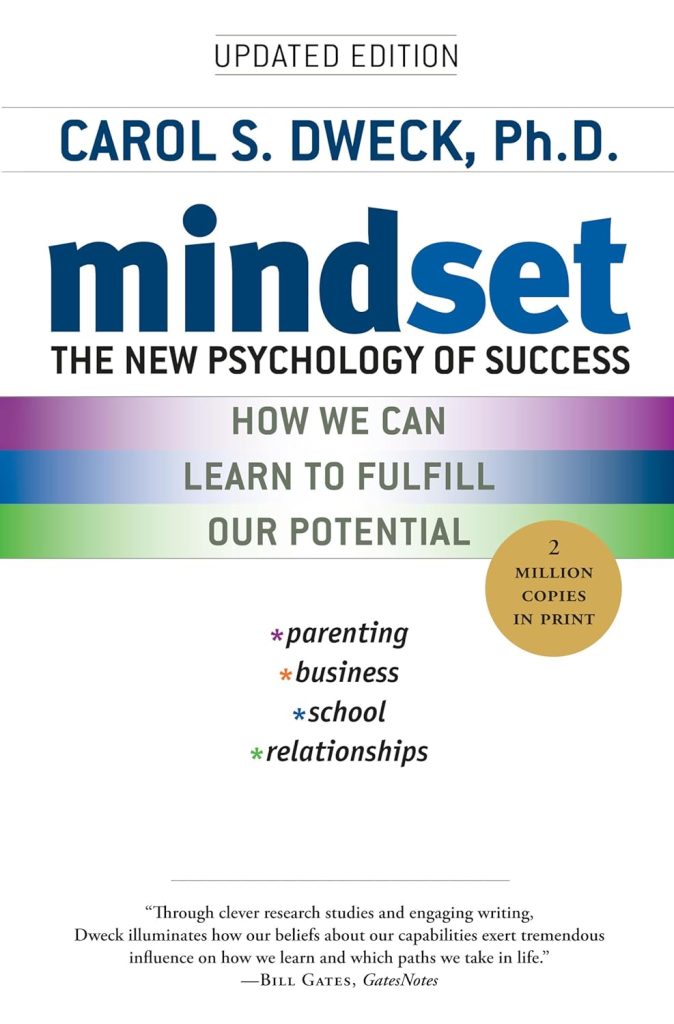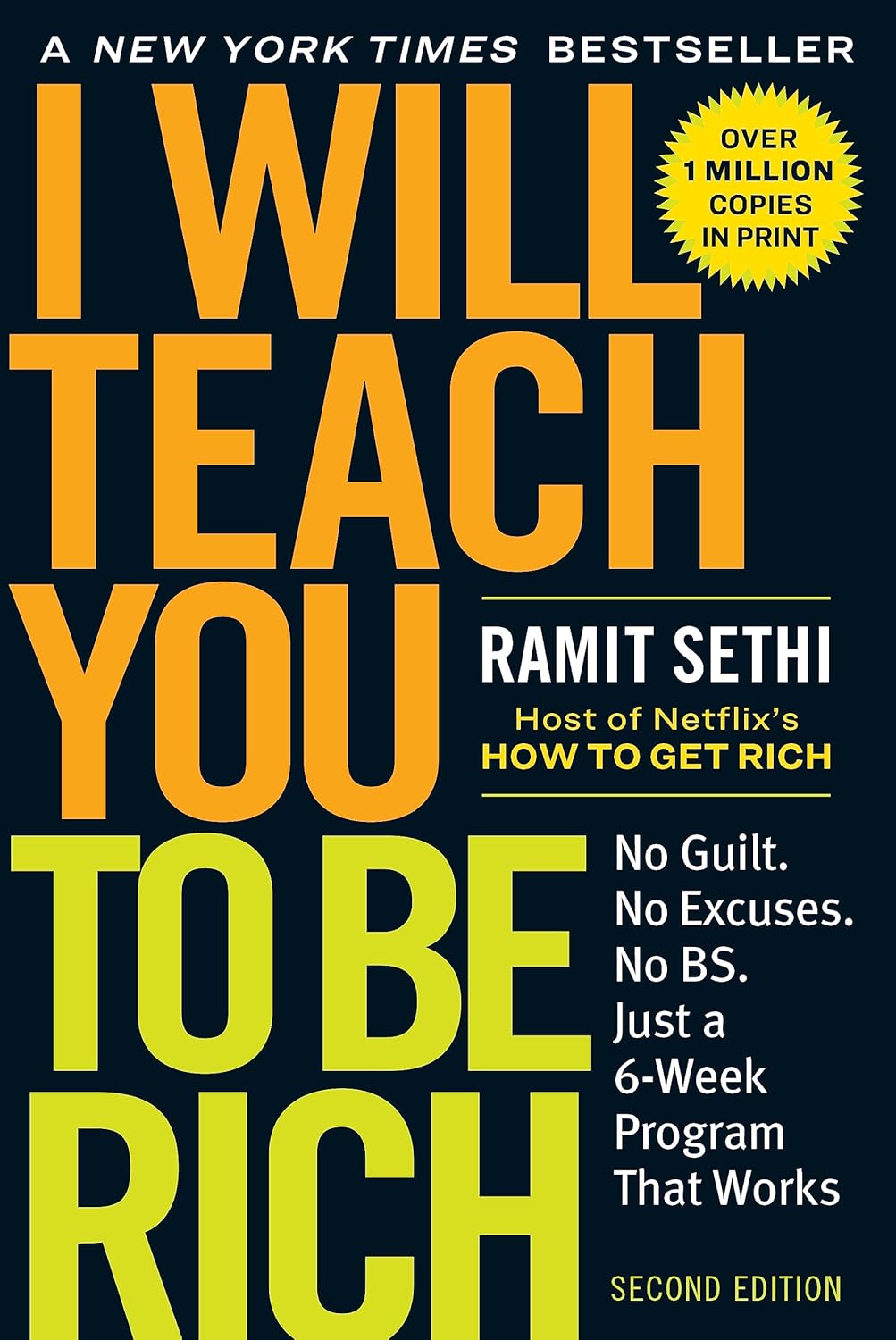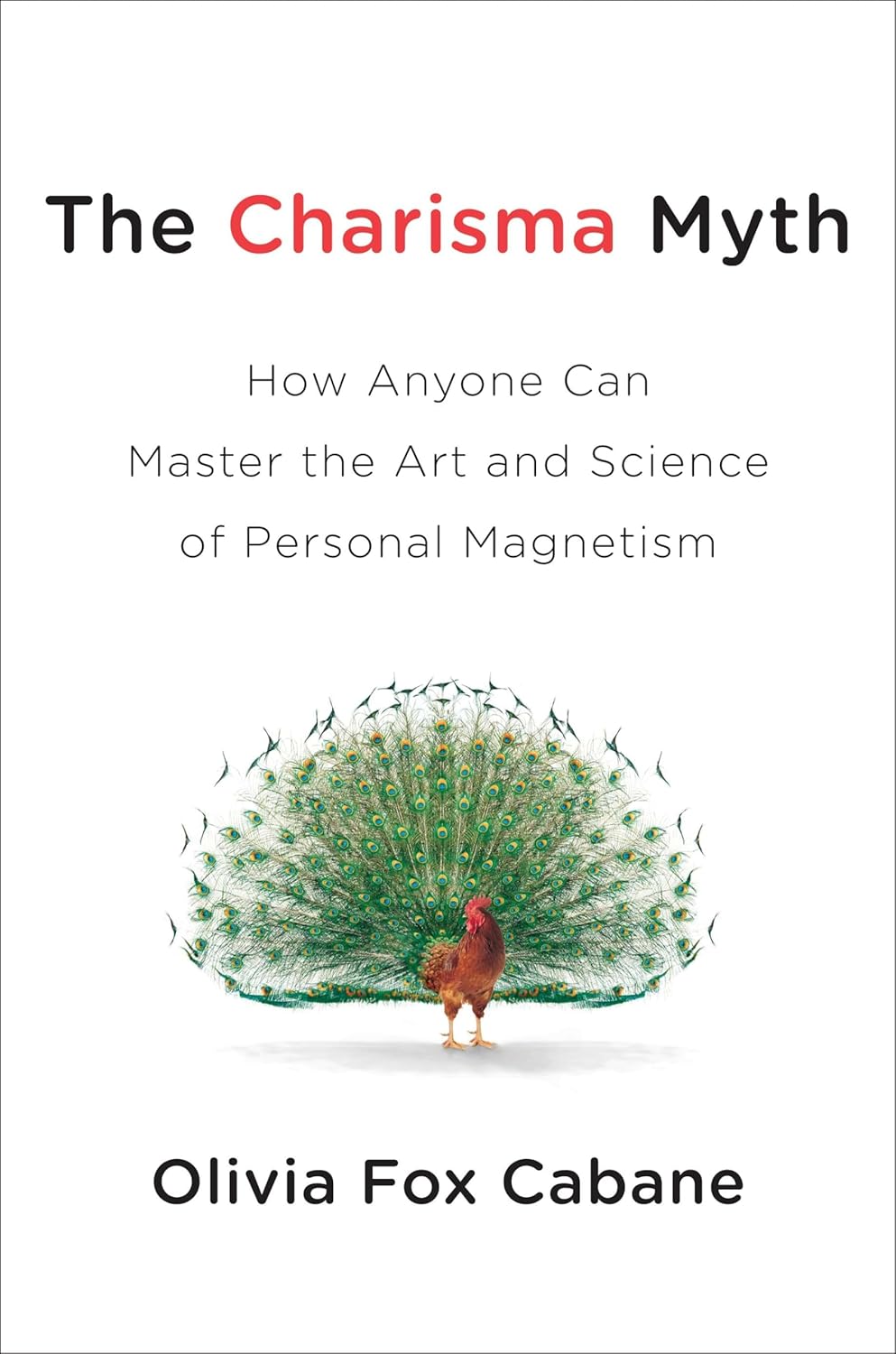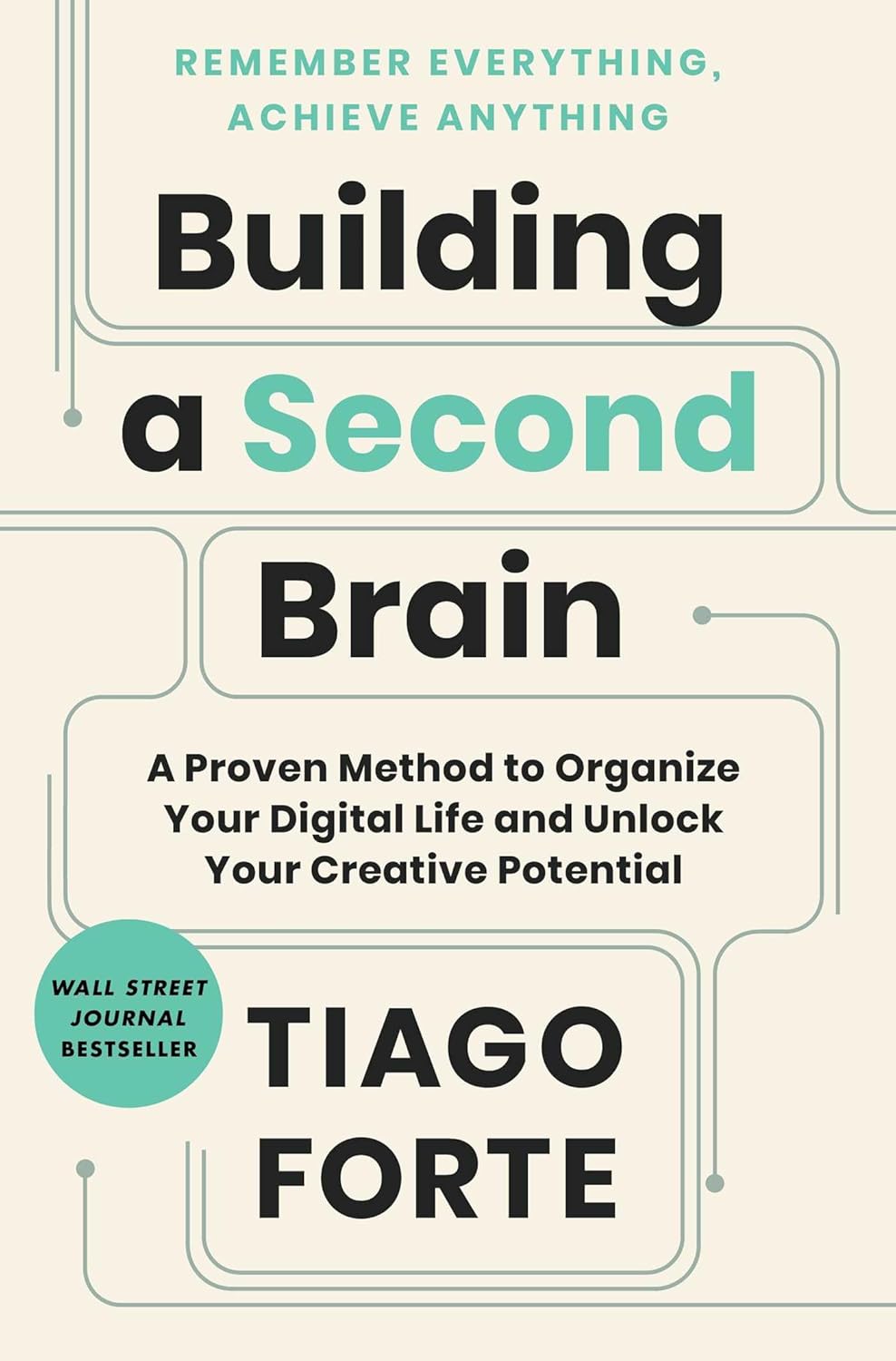
Buy The Book
Chapter
- ✦ Introduction
- ✦ Chapter 1: The Mindsets
- ✦ Chapter 2: Inside the Mindsets
- ✦ Chapter 3: The Truth About Ability and Accomplishment
- ✦ Chapter 4: Sports: The Mindset of a Champion
- ✦ Chapter 5: Business: Mindset and Leadership
- ✦ Chapter 6: Relationships: Mindsets in Love (or Not)
- ✦ Chapter 7: Parents, Teachers, and Coaches: Where Do Mindsets Come From?
- ✦ Chapter 8: Changing Mindsets
Mindset: The New Psychology of Success

About
Carol S. Dweck’s “Mindset: The New Psychology of Success” explores the profound impact of our beliefs on our achievements. Dweck, a renowned psychologist, introduces the concepts of fixed and growth mindsets. A fixed mindset assumes abilities are static, leading to a fear of failure and a need for constant validation. Conversely, a growth mindset embraces challenges and views failures as opportunities for growth.
The book delves into how these mindsets affect various aspects of life, including education, business, sports, and relationships. Dweck argues that cultivating a growth mindset fosters motivation, resilience, and ultimately, greater success. Through compelling research and real-life examples, she demonstrates how changing our beliefs can unlock our potential and lead to a more fulfilling life.

Spark
Learn
Review
✦ Introduction
My students once urged me to share our work to help others improve their lives, which became my top priority. This work stems from a psychological tradition highlighting the power of beliefs, both conscious and unconscious, in shaping our desires and achievements. This tradition reveals that even minor shifts in beliefs can lead to significant outcomes.
A core belief about oneself, discovered through research, influences a large part of one’s life, permeating every aspect of it. Much of what is considered personality arises from this mindset, and what hinders potential also stems from it.
This mindset hasn’t been previously explained, nor has its application to life been demonstrated. One will gain a new understanding of successful individuals, those who could have been, and gain insight into partners, bosses, friends, and children. Discover how to unlock potential in oneself and offspring. Personal findings, stories from research, news headlines, and life experiences are shared to illustrate these mindsets in action. Methods to recognize, understand, and change the mindset guiding your life are provided.
✦ Chapter 1: The Mindsets
Something happened early in my research career that changed my life. Studying how students handle failures, I watched them tackle difficult problems. Some children met these challenges with enthusiasm, declaring, “I love a challenge!” while others, though struggling, hoped the experience would be informative. I had always thought one either coped or didn’t, never imagining anyone could embrace failure. These children became my role models, revealing a mindset that transformed failure into an opportunity.
They knew that intelligence and skills could be developed, which is precisely what they were doing—growing smarter. They didn’t see themselves as failing, but as learning. My own belief was that qualities were fixed, that intelligence was innate, and failure meant lacking it. Success meant avoiding failure at all costs, a view that excluded struggles and mistakes.
The question of whether human qualities are cultivatable or fixed is an age-old debate, but its personal consequences are what matter. For thirty years, my research has shown that the views adopted profoundly affect the lives people lead, determining whether they become who they want to be and achieve what they value.
Adopting a fixed mindset, believing qualities are set in stone, creates a need to prove oneself constantly. There’s an urgency to show a healthy dose of intelligence, personality, and moral character. This mindset, stamped in early by judgmental environments, makes individuals focus on appearing smart rather than enjoying learning.
However, there’s another mindset where qualities are seen as starting points for development through effort and help from others. People may have different talents and aptitudes, but everyone can change and grow through application and experience. This growth mindset fosters a passion for learning, making one seek challenges and overcome deficiencies, choosing experiences that stretch rather than affirm.
The difference lies in how one interprets setbacks and whether one is willing to believe in putting in effort or getting help. People’s ideas about risk and effort stem from their basic mindset. Teaching a growth mindset fosters a focus on development, leading to the embrace of challenge and effort.
Furthermore, while those with a growth mindset don’t have inflated views of their abilities, those with a fixed mindset accounted for almost all the inaccuracy in the study of estimating their abilities. The growth mindset allows for openness to accurate information and a need for it in order to learn effectively.
Exceptional people seem to convert setbacks into future successes, supported by the growth mindset’s perseverance and resilience. This mindset changes what people strive for, how they define success, and how they perceive failure and effort, shaping their experiences in school, sports, the workplace, and relationships.
✦ Chapter 2: Inside the Mindsets
Early in research, the realization dawned that people prioritize proving their abilities or embracing learning. “Ability” is not a fixed entity, but rather a trait needing validation or a mutable skill developed through learning. This insight birthed the concept of mindsets, offering a gateway into a new world. In the fixed mindset, success equates to proving intelligence, seeking validation. The growth mindset values stretching oneself to learn.
In a fixed mindset, failure implies a lack of inherent skill, and effort becomes undesirable. In contrast, a growth mindset views failure as a lack of growth and effort as the catalyst for skill development. Mindsets are beliefs that can be changed.
Benjamin Barber divides the world into learners and non-learners. The fixed mindset halts exuberant learning by instilling a fear of challenges. Four-year-olds with a fixed mindset chose to redo an easy puzzle rather than attempt a harder one. Brain wave studies further confirm these differences, showing that fixed-mindset individuals focus on feedback regarding their ability, while growth-minded individuals prioritize information that enhances knowledge.
Choosing between guaranteed validation or a challenge reveals one’s mindset. Fixed mindsets seek partners who provide unwavering affirmation, while growth mindsets desire partners who encourage personal development. CEOs face a similar dilemma: reinforcing their image or confronting shortcomings.
The growth mindset thrives on challenge. Mia Hamm and Patricia Miranda exemplify this, stretching themselves to achieve greatness. Sometimes, people with the growth mindset stretch themselves so far that they do the impossible, as demonstrated by Christopher Reeve’s recovery.
The fixed mindset thrives when success is certain. Pre-med students with a fixed mindset lost interest when faced with challenging chemistry coursework. Those with a growth mindset remained engaged. A test score or evaluation becomes a measure for life in the fixed mindset. A growth mindset, however, doesn’t view tests as measuring important abilities.
The fixed mindset demands proof of specialness, fostering a sense of entitlement, while the growth mindset promotes humility, acknowledging the effort behind achievements. The fixed mindset’s urgency stems from the belief that a single evaluation can define one’s worth. This mindset may cause people to look for others who perform worse to boost their self-esteem. Effort changes meaning depending on the mindset. For someone with a fixed mindset, it may come to be seen as undesirable. However, the growth mindset celebrates effort. Mindset influences how people cope with depressive moods.
✦ Chapter 3: The Truth About Ability and Accomplishment
The difference between the mindsets boils down to the difference between believing that accomplishments are based on ability versus believing they’re based on learning. The idolization of ability over learning is widespread, but it misses a critical point: even geniuses need deep learning and persistent effort.
The story of Wilma Rudolph, who overcame childhood paralysis to become an Olympic track star, exemplifies this. Her accomplishments weren’t simply a product of innate ability, but of relentless effort and determination. Likewise, Ben Hogan, considered one of the greatest golfers of all time, wasn’t naturally gifted. He transformed himself into a champion through sheer dedication.
Similarly, the myth of Mozart as a divinely inspired composer writing masterpieces effortlessly is largely untrue. While he was undoubtedly talented, Mozart’s success stemmed from years of hard work, starting in childhood. His early compositions were largely unoriginal, and even his later works involved constant revision and refinement.
The fixed mindset often fosters a belief in effortless perfection. However, achievements, even those considered miraculous, result from sustained learning and effort. The belief in innate talent can lead to a devaluing of effort, making people avoid challenges that could threaten their sense of being naturally gifted.
An experiment showed that praising students for their intelligence made them subsequently avoid challenging tasks, whereas praising effort encouraged them to embrace challenges. This highlights the importance of acknowledging and valuing the process of learning and growth, rather than focusing solely on inherent ability.
In many Asian countries, effort is revered as the primary driver of success. Children are taught that dedication and perseverance can overcome any obstacle. This cultural emphasis on effort fosters a growth mindset, where people are motivated to pursue challenges and view failures as opportunities for improvement.
The fixed mindset can lead to a fear of failure, as setbacks are seen as evidence of a lack of inherent ability. This can hinder people’s willingness to take risks and pursue ambitious goals. In contrast, the growth mindset enables people to embrace failure as a learning opportunity, fostering resilience and a greater willingness to persist in the face of challenges.
In conclusion, the belief that accomplishments are based on learning, rather than solely on ability, is crucial for fostering a growth mindset. This mindset encourages effort, perseverance, and a willingness to embrace challenges, ultimately leading to greater achievement and personal fulfillment.
✦ Chapter 4: Sports: The Mindset of a Champion
In the realm of sports, as in other facets of life, the mindset adopted significantly shapes outcomes. It’s not solely about innate talent or physical prowess; rather, it’s the mental approach that distinguishes champions from others. The fixed mindset, with its emphasis on inherent ability, can hinder growth, while the growth mindset, which embraces learning and effort, cultivates champions.
Consider the contrasting trajectories of John McEnroe and Michael Jordan. McEnroe, despite possessing immense talent, often crumbled under pressure, attributing failures to external factors. Jordan, on the other hand, epitomized the growth mindset. He viewed challenges as opportunities for growth, consistently pushing himself to improve and overcome obstacles. His relentless work ethic and unwavering belief in his ability to develop were instrumental in his unparalleled success.
Similarly, Jackie Joyner-Kersee, one of the greatest athletes of all time, exemplifies the power of the growth mindset. Despite facing numerous setbacks and injuries throughout her career, she never allowed them to define her. Instead, she embraced challenges, learned from her mistakes, and persevered with unwavering determination. Her relentless pursuit of improvement, coupled with her belief in her ability to grow, propelled her to achieve remarkable feats.
The fixed mindset can lead to a fear of failure, causing individuals to avoid risks and challenges that could expose their perceived limitations. This can stifle growth and prevent them from reaching their full potential. In contrast, the growth mindset fosters a love of learning and a willingness to embrace challenges, even in the face of setbacks. This resilience and adaptability are essential for achieving sustained success in sports.
Furthermore, the growth mindset promotes a focus on effort and improvement, rather than solely on outcomes. This allows athletes to derive satisfaction from the process of learning and developing their skills, regardless of whether they achieve immediate success. This intrinsic motivation is a key ingredient in cultivating a champion’s mindset.
The contrasting stories of these athletes underscore the profound impact of mindset on performance. While talent is undoubtedly important, it is the mental approach that ultimately determines whether an athlete will reach their full potential. By embracing a growth mindset, athletes can cultivate the resilience, determination, and love of learning that are essential for achieving sustained success in the world of sports. Those with the growth mindset find success not just in the end result, but in the journey.
✦ Chapter 5: Business: Mindset and Leadership
In the business world, mindsets profoundly shape leadership styles, organizational cultures, and ultimately, a company’s success. The fixed mindset, with its focus on inherent talent and proving oneself, can lead to stagnation and a hierarchical environment. The growth mindset, which values learning, collaboration, and innovation, fosters resilience, adaptability, and a culture of continuous improvement.
Consider the contrasting approaches of two CEOs: Al Dunlap and Jack Welch. Dunlap, known as “Chainsaw Al,” exemplified the fixed mindset. He believed in cutting costs ruthlessly, regardless of the human cost, to boost short-term profits and impress Wall Street. His leadership style fostered a culture of fear and competition, stifling creativity and innovation.
Welch, on the other hand, epitomized the growth mindset. He believed in investing in people, fostering a culture of learning, and empowering employees to take risks and challenge the status quo. His leadership style promoted collaboration, innovation, and a long-term perspective, transforming GE into one of the most successful companies in the world.
The fixed mindset can lead to a narcissistic leadership style, where leaders prioritize their own ego and image over the well-being of their employees and the long-term success of the company. These leaders often surround themselves with sycophants, stifle dissent, and make decisions based on personal gain rather than strategic thinking.
In contrast, the growth mindset fosters authentic leadership, where leaders are humble, empathetic, and focused on developing the potential of their employees. These leaders create a safe and supportive environment where employees feel empowered to take risks, learn from their mistakes, and contribute their best work.
Organizations, like individuals, can also develop a dominant mindset. A company with a fixed mindset may prioritize efficiency and control, stifling innovation and adaptability. A company with a growth mindset, on the other hand, may prioritize learning and innovation, fostering a culture of experimentation and continuous improvement.
The Enron scandal serves as a cautionary tale of the dangers of a fixed-mindset culture. Enron’s leaders, blinded by arrogance and a belief in their own exceptionalism, engaged in unethical and illegal practices to maintain their image of invincibility. The company’s culture of competition and fear stifled dissent and prevented employees from speaking out against wrongdoing, ultimately leading to the company’s collapse.
In conclusion, the mindset adopted by leaders and organizations significantly shapes their culture, strategy, and ultimately, their success. By embracing a growth mindset, businesses can foster innovation, resilience, and a culture of continuous improvement, enabling them to thrive in an ever-changing world. This requires a shift from prioritizing short-term gains and individual accolades to focusing on long-term growth, collaboration, and the development of human potential.
✦ Chapter 6: Relationships: Mindsets in Love (or Not)
Mindsets infuse relationships, coloring how people choose partners, interpret events, and navigate challenges. The fixed mindset, rooted in the need for validation, seeks a partner who confirms existing worth, while the growth mindset, centered on development, values a companion who encourages growth. This difference shapes the trajectory of relationships, determining their resilience and fulfillment.
In the fixed mindset, relationships are a test, a judgment. Do the partners measure up? Are they compatible? Do they validate each other’s inherent qualities? Problems signify flaws, incompatibility, or a lack of love. In contrast, the growth mindset views relationships as a journey of mutual growth. Partners are not fixed entities but evolving individuals. Challenges are opportunities for deeper understanding, strengthened bonds, and shared development.
Consider conflicts: The fixed mindset sees them as signs of character flaws. “He’s so selfish!” or “She’s so demanding!” are common refrains. Resolution isn’t about understanding but about proving who’s right. The growth mindset, however, approaches conflict as a chance to understand each other’s needs. Instead of assigning blame, partners seek to learn and adapt, fostering empathy and collaboration.
Cheating presents a stark illustration. The fixed mindset interprets it as a reflection of inherent character flaws – “I’m unlovable,” or “He’s a terrible person.” Relationships may end. The growth mindset seeks understanding and growth. The couple can learn to build understanding each other, and learn to appreciate each other’s needs.
Long-term compatibility hinges on mindset. The fixed mindset expects effortless harmony. Differences are threats, signaling incompatibility. The growth mindset recognizes that relationships require effort. Differences are opportunities to learn from and appreciate each other’s unique perspectives. Couples embrace challenges to build stronger relationships.
Mindsets extend to views on effort. The fixed mindset shuns effort, believing that true love should be effortless. Putting in work implies the relationship is flawed. The growth mindset acknowledges that nurturing a relationship requires commitment. Effort is not a sign of weakness but an expression of love and dedication.
Overall, the fixed mindset brings judgment to relationships. It measures and evaluates at every turn. The growth mindset creates growth. It provides tools to overcome the challenges of daily life, and allows couples to build stronger bonds. The growth mindset fosters a culture of learning, and is essential for developing meaningful relationships.
✦ Chapter 7: Parents, Teachers, and Coaches: Where Do Mindsets Come From?
Mindsets aren’t innate; they’re cultivated, largely by the messages received from parents, teachers, and coaches. These authority figures, often unknowingly, instill fixed or growth mindsets through their words and actions, profoundly shaping children’s beliefs about their abilities and potential. Recognizing the sources of these mindsets is vital for fostering growth and empowering children to embrace learning.
Praise, a common tool for encouragement, can inadvertently instill a fixed mindset. Praising children for their intelligence or talent, such as saying “You’re so smart!” or “You’re a natural artist!”, suggests that abilities are inherent and unchangeable. This can create a fear of failure, as setbacks are seen as evidence of a lack of inherent ability. Children may become hesitant to take risks or embrace challenges, preferring to stick with what they already excel at to maintain their image of being “smart” or “talented.”
In contrast, praising effort, strategies, and progress fosters a growth mindset. Instead of focusing on inherent traits, this type of praise acknowledges the process of learning and growth. For example, saying “You worked really hard on that!” or “I like the way you tried different strategies to solve that problem!” emphasizes that abilities can be developed through dedication and effort. Children are more likely to embrace challenges, persist through obstacles, and view failure as an opportunity for growth.
Teachers also play a crucial role in shaping students’ mindsets. Those who believe in fixed intelligence may unconsciously favor “gifted” students, creating a self-fulfilling prophecy where these students receive more attention and opportunities. Teachers with a growth mindset, on the other hand, believe that all students can learn and grow. They provide individualized support, encourage effort, and create a classroom environment where students feel safe to take risks and make mistakes.
Coaches, too, can instill either a fixed or growth mindset in their athletes. Those who focus solely on winning and praising natural talent may create a competitive environment where athletes fear failure and prioritize maintaining their status. Coaches with a growth mindset, however, emphasize skill development, teamwork, and a love of the game. They encourage athletes to push themselves, learn from their mistakes, and view setbacks as opportunities for improvement.
Labels, even seemingly positive ones, can also contribute to a fixed mindset. Identifying a child as “gifted” or “talented” can create a sense of pressure to live up to that label, hindering their willingness to take risks or explore new areas. Instead, it’s more beneficial to focus on effort, progress, and a love of learning.
Ultimately, cultivating a growth mindset requires a shift in how we praise, teach, and coach. By emphasizing effort, strategies, and progress, we can empower children to believe in their potential, embrace challenges, and become lifelong learners. This, in turn, can lead to greater achievement, resilience, and personal fulfillment. It’s important to remember that mindsets develop from an environment of praise for effort over talent.
✦ Chapter 8: Changing Mindsets
Changing mindsets is possible, though not always easy. It requires awareness, conscious effort, and a willingness to challenge deeply ingrained beliefs. It’s like embarking on a journey, one that involves understanding the fixed mindset’s allure, recognizing its triggers, and actively cultivating a growth-oriented perspective.
The first step is understanding the fixed mindset’s voice. It whispers doubts, fuels insecurities, and urges you to prove yourself. Listen to it, but don’t let it dictate your actions. Recognize that these are just thoughts, not immutable truths. Challenge them by asking: Is this belief helpful? Is it accurate? What would a growth-minded person think in this situation?
Next, learn to identify your triggers. What situations or events tend to activate your fixed mindset? Is it criticism, failure, or competition? Once you know your triggers, you can prepare yourself to respond differently. For example, if you tend to get defensive when criticized, practice listening openly and seeking to understand the other person’s perspective.
Cultivating a growth mindset involves actively reframing your experiences. Instead of viewing failures as evidence of your limitations, see them as opportunities for learning and growth. Instead of shying away from challenges, embrace them as chances to expand your abilities.
It’s also essential to surround yourself with supportive people who encourage your growth. Seek out mentors, friends, and colleagues who believe in your potential and challenge you to be your best self. Distance yourself from those who reinforce your fixed mindset or undermine your confidence.
Changing mindsets is not a one-time event; it’s an ongoing process. There will be setbacks and moments of doubt. Don’t get discouraged. Just keep practicing, keep learning, and keep growing.
False growth mindset is an idea where people are interpreting and implementing the growth mindset inaccurately. Many people praise children without any specific process. The journey to a true growth mindset requires a lot of work and effort, as well as a deep understanding of mindsets.
One powerful technique for fostering a growth mindset is to focus on learning and progress rather than grades or accolades. Celebrate effort, persistence, and improvement, even if the outcome isn’t perfect. Encourage children to take risks, make mistakes, and learn from their experiences.
Another effective strategy is to model a growth mindset yourself. Be open about your own challenges and failures, and share how you’re learning and growing. This will show children that it’s okay to struggle and that growth is a lifelong journey.
Changing mindsets is not just about individual transformation; it’s also about creating a more supportive and equitable world. By challenging fixed mindsets and promoting growth-oriented thinking, we can empower individuals and communities to reach their full potential.
For People
– Parents
– Educators
– Coaches
– Business Leaders
– Individuals Seeking Personal Growth
Learn to
– Self-Awareness
– Enhanced Resilience
– Improved Motivation
– Stronger Relationships
– Increased Potential









